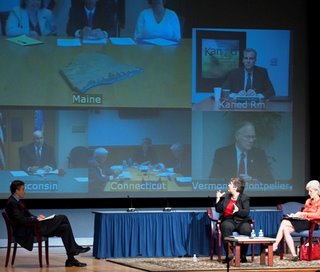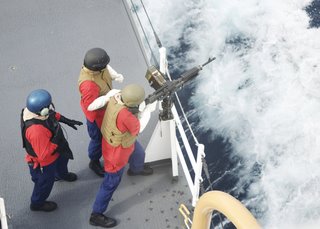Guidance for Schools on H1N1

This morning I joined Secretary of Health and Human Services Kathleen Sebelius and Secretary of Education Arne Duncan to discuss our nation’s ongoing response to the H1N1 flu pandemic.
H1N1 may have retreated from the headlines, but it is still very much a focus for our three Departments and for the White House. One area, in particular, that is getting our full attention is making sure that schools across the country have clear guidance about how to reduce the spread of the H1N1 virus as school begins this fall.
There are 55 million students and 7 million educators in 130,000 public and private schools nationwide. This is a significant part of our population. As any parent or teacher knows, the flu can spread quickly in schools. It is important that we take common-sense steps to reduce exposure to this virus.
For this reason, today we released guidance developed by the Centers for Disease Control and Prevention (CDC) that will provide local officials and educators with a set of tools to make informed decisions about how to decrease exposure to the flu while limiting the disruption of day-to-day learning. We encourage schools to consult with other local leaders, including health officials, when making these decisions.
Of course, the decision to close a school is one of the most challenging for any community. When schools are closed, parents must either take leave from work or find child-care. At the same time, we know that in some cases school closures may reduce the numbers of people who are exposed and become ill.
As long as the H1N1 severity remains at the current level, our recommended response at this time is for schools to stay open, stay clean, and to send sick students and staff home.
Specifically, this means that ill students and staff should be separated and given protective gear such as a mask until they can leave the school. Frequent hand washing and coughing and sneezing etiquette remain essential. Schools should be routinely cleaned to prevent the spread of germs. Students and teachers who are most susceptible to illness, should seek medical care immediately if they get flu-like symptoms.
The key is remaining flexible in our response to this situation so that we can adapt quickly as the situation changes. I encourage you to visit www.flu.gov for more information and to stay informed as flu season approaches. Thank you for doing your part to be prepared and to help reduce the spread of H1N1.
Janet Napolitano
Labels: H1N1 Flu, preparedness, schools




